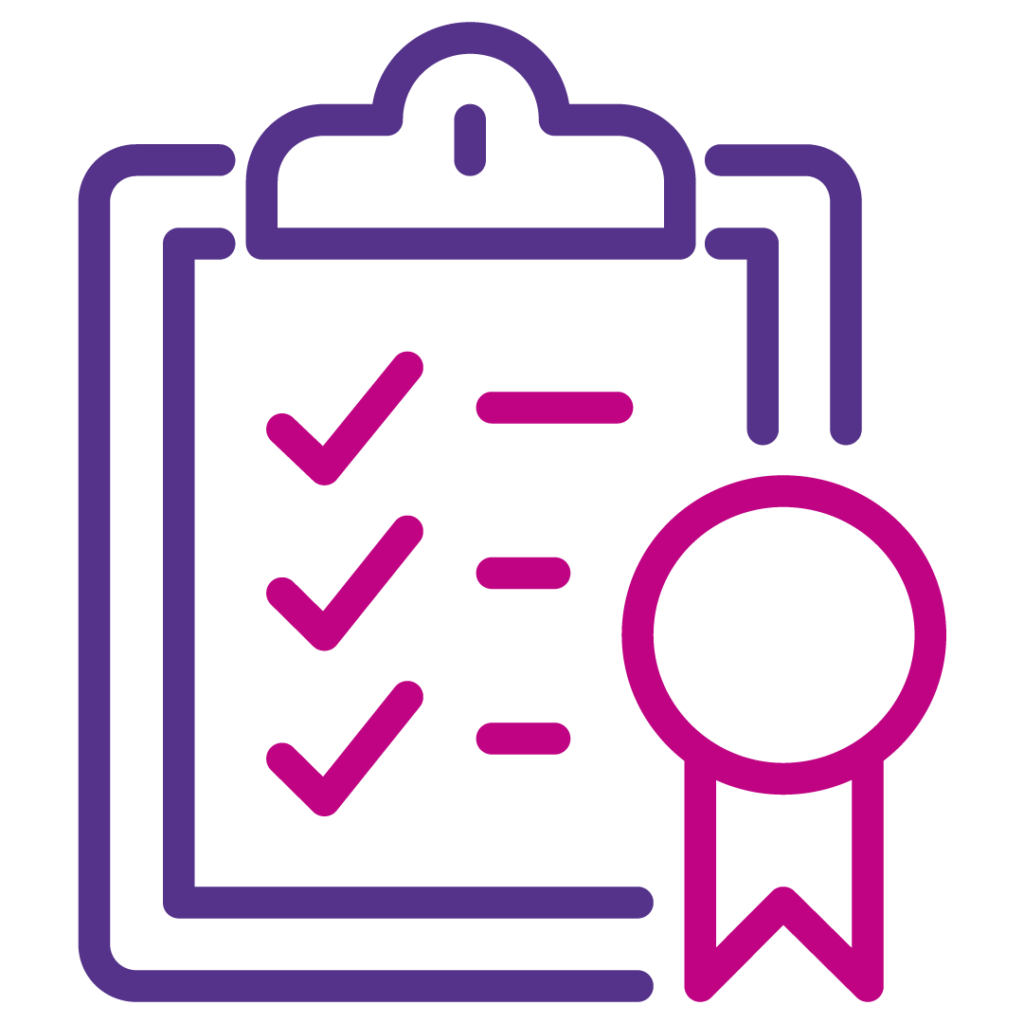The Truth About Outbound Sales vs Inbound Sales for B2B
Estimated reading time: 4 minutes
B2B sales leaders rarely agree on which route to revenue is most effective. Outbound is sometimes criticised as costly and inefficient, while inbound is seen as too dependent on marketing. Both ‘outbound sales vs inbound sales’ arguments have merit, but we’re here to settle things once and for all.
There’s no denying that outbound sales strategies require persistence, skilled execution, and the right value-led messaging to convert potential customers into clients. Meanwhile, inbound sales techniques depend on the marketing team generating enough leads through channels like content marketing and search engine optimisation (SEO), and the sales team acting quickly when they do. Both are under pressure from the same issues: weaker attention spans from buyers, stretched teams, and gaps in capability.
The debate of outbound sales vs inbound sales keeps resurfacing because leaders want to know which approach to prioritise. Should you put more focus on building proactive outbound programs, or double down on refining your inbound sales strategy?
Before we reveal the answer, let’s be clear on some definitions.
What is outbound sales?
Outbound is the proactive side of sales. It’s when your team makes the first move, whether through cold calling, personalised emails, LinkedIn outreach, or event follow-ups. With outbound, you decide which accounts to target and when, which gives you greater control over the sales funnel.
When done well, outbound activity opens new markets and uncovers opportunities that would never have appeared through inbound alone. It allows you to place your brand in front of the right target audience (maybe even your dream buyers!) at the right time.
However, without skilled execution, outbound can quickly become a drain on resources. Common issues include poor messaging, weak SDR capability, or a lack of persistence – all resulting in a huge amount of effort for very little return. For many sales leaders, this is where frustration with outbound lies.
What is inbound sales?
Inbound operates entirely differently. Here, the buyer comes to you, usually via marketing channels such as SEO-driven content, paid search, or website referrals. By the time an inbound lead reaches sales reps, there’s already a signal of intent and a level of engagement. Conversations are typically warmer, and the cost per acquisition can be lower than with outbound methods.
But inbound has its own flaws. It relies heavily on marketers to produce both volume and quality, which not every business can sustain, especially in niche markets or when the ideal customer profile is tightly defined.
Inbound leads also need fast and structured follow-up. When the sales team is stretched, inbound opportunities can slip through the cracks, despite being the easiest to convert. Long nurture cycles can stall, leaving teams frustrated and pipeline forecasts unstable.

Outbound vs inbound sales: Which is more effective?
This is the question most leaders want answered: Inbound and outbound sales – which is more effective and beneficial for a higher success rate?
The honest answer is that success depends on your market, your sales process, and your team’s capability. Outbound gives you reach and control, helping you engage the right target audience on your terms. Inbound gives you efficiency, turning marketing interest into warmer conversations. Neither is inherently better. The most effective approach is a blend, where both are optimised and managed side by side.
Why the best B2B sales strategy is both
Years in the B2B sales development industry have taught us that consistent, long-term revenue depends on a blend of outbound and inbound sales working together. This hybrid approach is what gives leaders the coverage and conversion rates they need to keep sales on track.
Outbound and inbound should be seen as complementary, not opposing. Outbound creates demand where none exists, while inbound captures interest that has already been sparked. Together, they ensure a healthier SQL pipeline and more predictable revenue.
Leaders who lean too far one way risk gaps that are costly to fill.
- Too much emphasis on outbound, and sellers face fatigue and a high cost-per-lead.
- Too much reliance on inbound, and business growth is limited by the volume and quality of marketing output.
A balance of the two, supported by expert execution, is what produces consistency.
The role of SDR teams
When it comes to combining outbound and inbound, specialist SDR teams have a clear impact. SDRs provide the resource and expertise to manage both sides of the strategy, prospecting outbound opportunities and following up inbound leads before they go cold.
By outsourcing SDR support, sales leaders gain capacity without the delays, investment of time, or costs that come with hiring and training in-house. High-performing SDRs bring structured processes, a proven methodology, and the sales tech stack required to measure every interaction. They free up sellers to focus on high-value conversations ready to close, rather than low-yield outreach or chasing unqualified inbound enquiries. For leadership, the result is not just more activity but better conversion across the board.

Building a balanced B2B sales approach
A balanced B2B sales strategy doesn’t mean simply splitting focus between outbound and inbound. It’s about structuring your entire operation to make both work together. This means getting sales and marketing to agree on lead quality, defining which markets or accounts are best suited to outbound targeting, and ensuring inbound processes include rapid, consistent lead handoff and follow-up.
Technology is another piece of the puzzle. CRM systems, automation, and intent data tools all play a role in joining the dots between outreach and response. Measurement matters too. Leaders should focus less on activity metrics in isolation and more on the outcomes that drive revenue efficiency: pipeline coverage, lead response times, cost per acquisition, and overall conversion.

Outsource or build in-house?
For some businesses, building an in-house SDR team is the right move. If you have the time, budget, and access to skilled talent, you can develop an internal function that delivers both outbound and inbound effectively. But many enterprise leaders face constraints that make this difficult.
Outsourcing SDR support makes sense when outbound results are poor, inbound leads aren’t being followed up quickly, or existing sellers are stretched across too many responsibilities. An outsourced team can ramp up quickly and deliver consistency without the long lead times of internal recruitment and training. For organisations under pressure to deliver immediate revenue outcomes, speed and predictability are hard to ignore.
If your sales team is stretched, or leads aren’t being followed up on the way they should, there’s a fast way to fix it. Let’s talk.